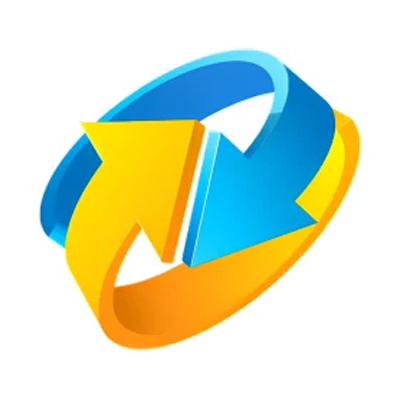The MP2 format, standing for MPEG-1 Audio Layer II, is an audio file format that revolutionized digital sound when it was first introduced. Its birth can be traced back to the late 1980s and early 1990s as part of the ISO/IEC 11172-3 standard known as MPEG-1, which was established by the Moving Picture Experts Group. This group was responsible for setting the groundwork for audio and video compression techniques that paved the way for what we now call MP3, a more advanced standard.
How MP2 Works
MP2 operates on a lossy compression algorithm that takes advantage of human auditory perception to reduce file sizes by discarding audio information that is less perceivable to the human ear. This allows it to maintain a balance between audio quality and file size, making it a favored choice for broadcasting purposes, particularly in Europe where it's been used for digital radio and television broadcasts.
Software that Supports MP2
Software compatibility with MP2 is widespread. Numerous media players like VLC Media Player, Winamp, and foobar2000 support playing MP2 files. Additionally, professional audio editing software, such as Adobe Audition and Avid Pro Tools, can handle MP2 file processing for production environments.
Alternatives to MP2
As technology progressed, alternatives to MP2 emerged, most notably its successor, the MP3 format, which offered better compression rates and became the staple for digital music distribution. Other contemporary alternatives include AAC (Advanced Audio Coding) for higher quality at the same bitrates and FLAC (Free Lossless Audio Codec) for lossless audio preservation.
Despite the emergence of new audio codecs and formats, MP2 remains a significant historical pillar in digital audio history and continues to be recognized for its contribution to the field of audio broadcasting and compression technology.








